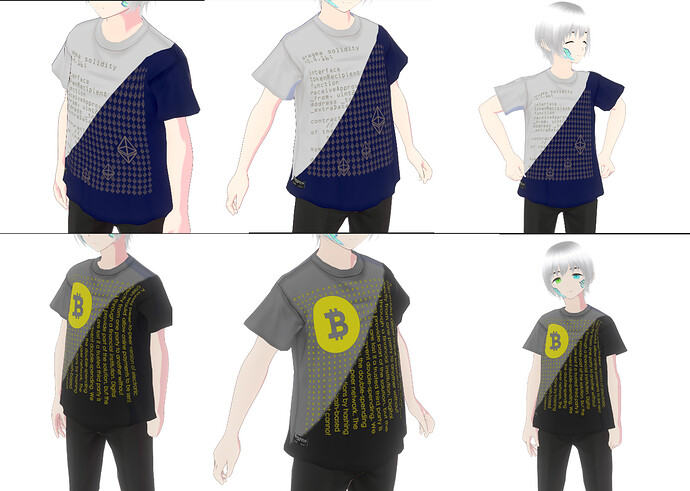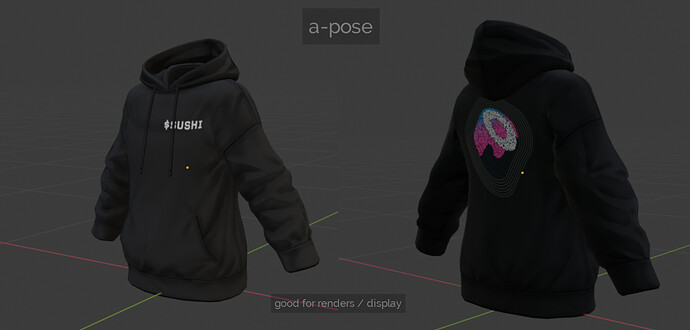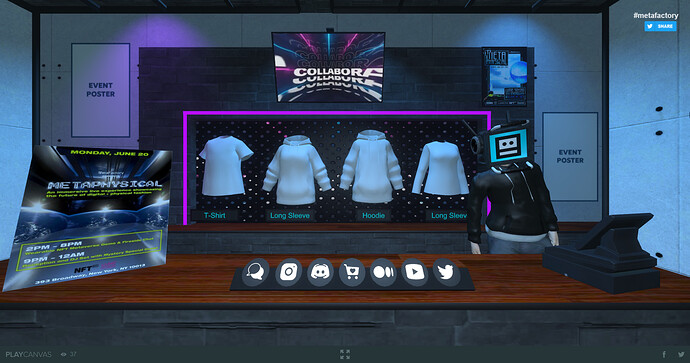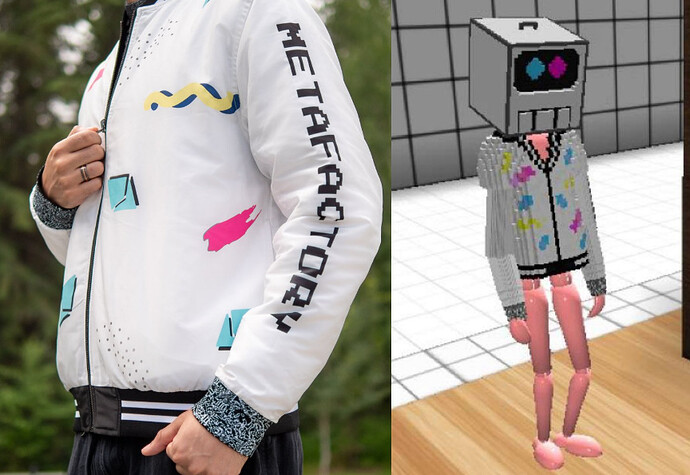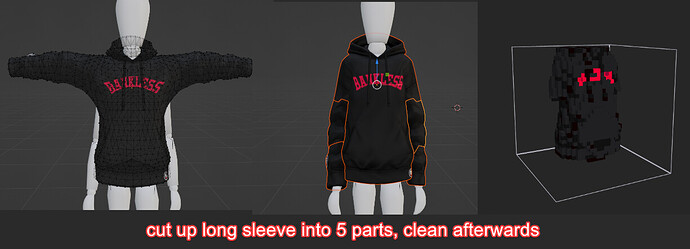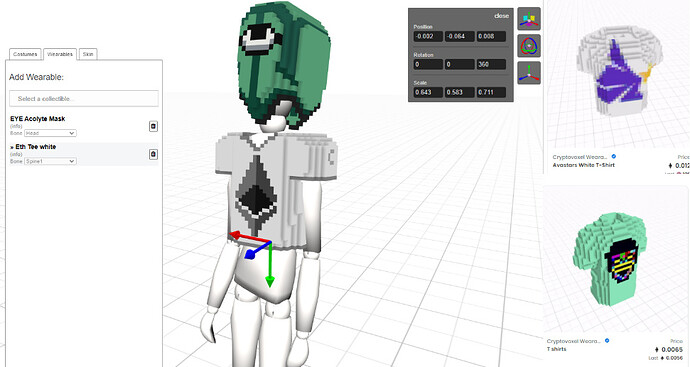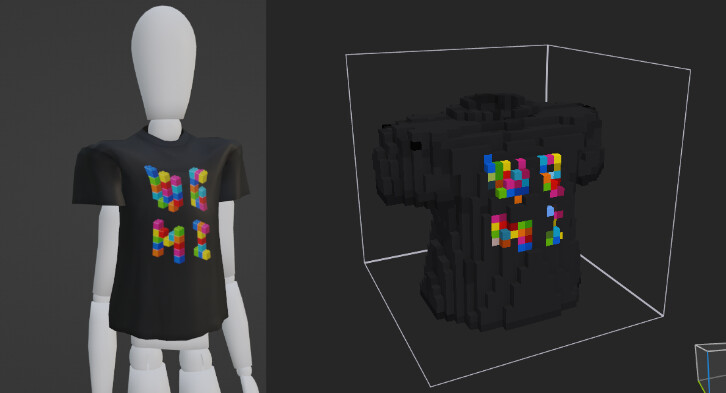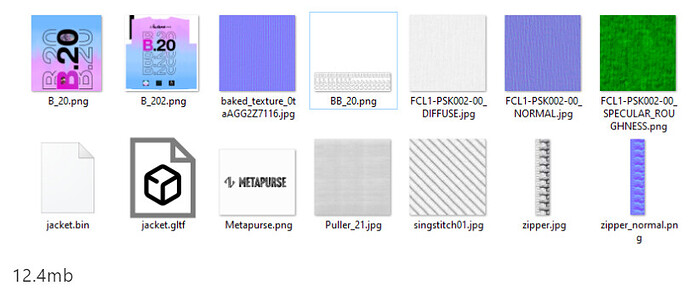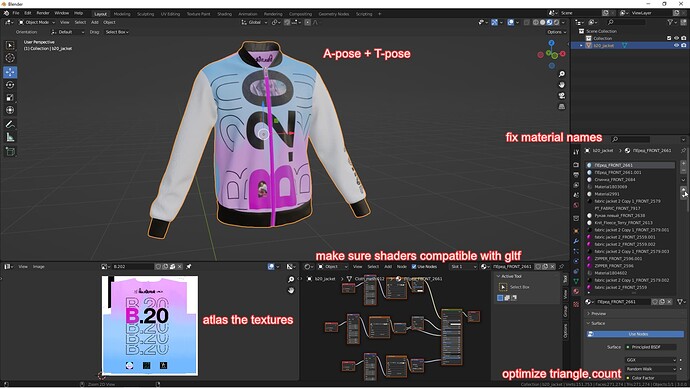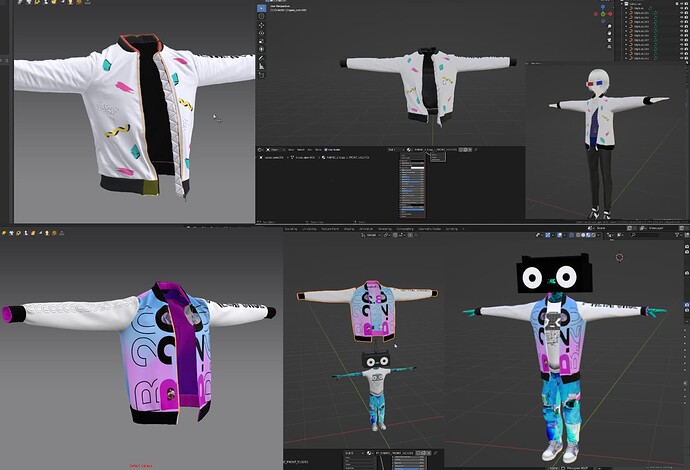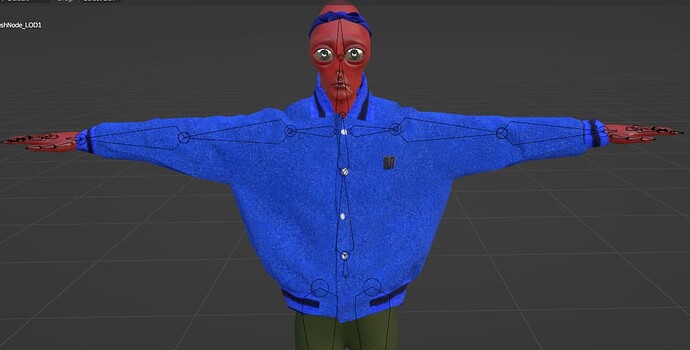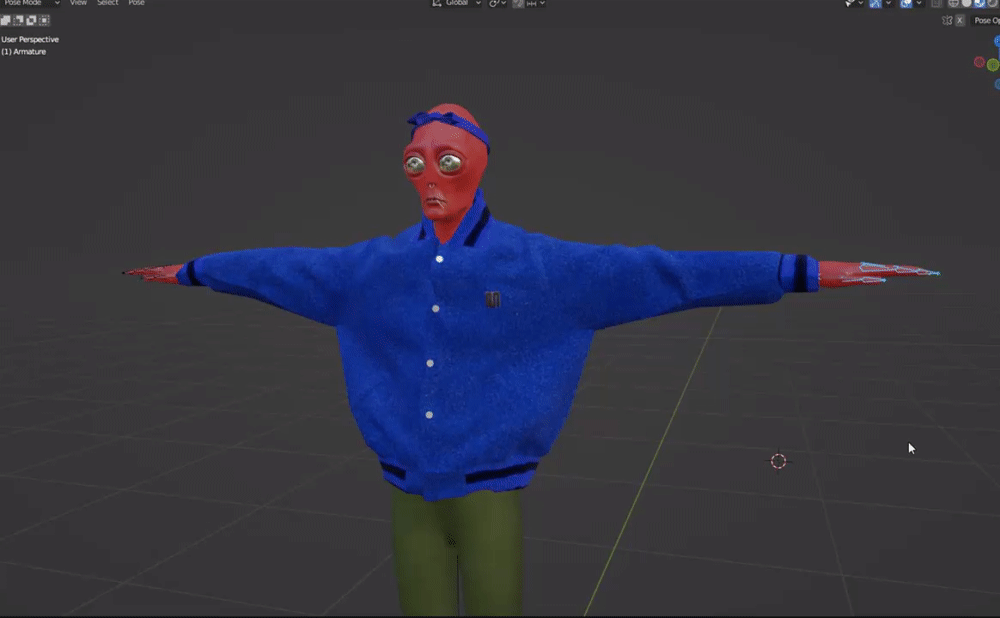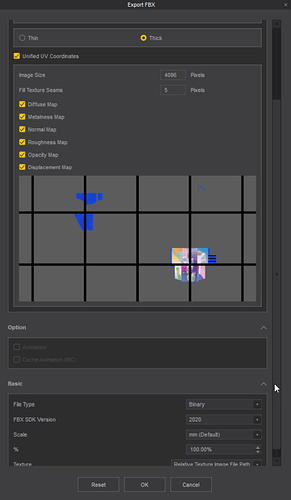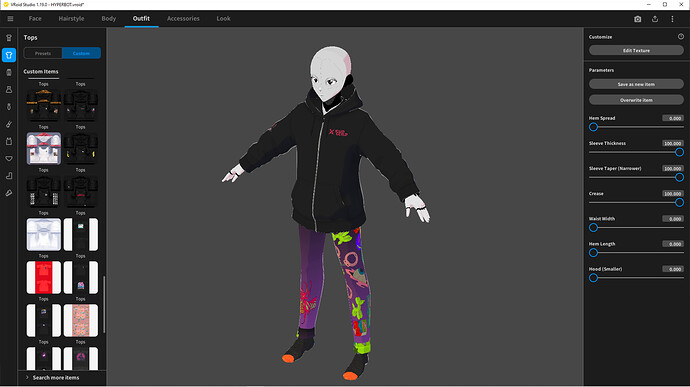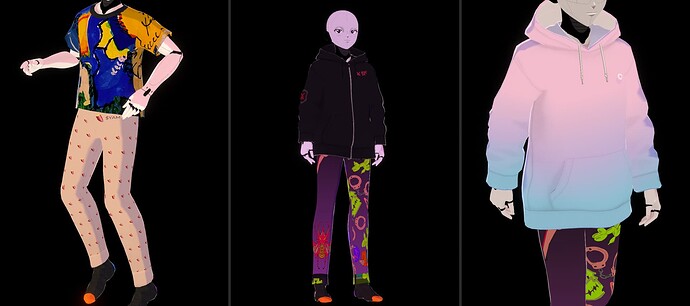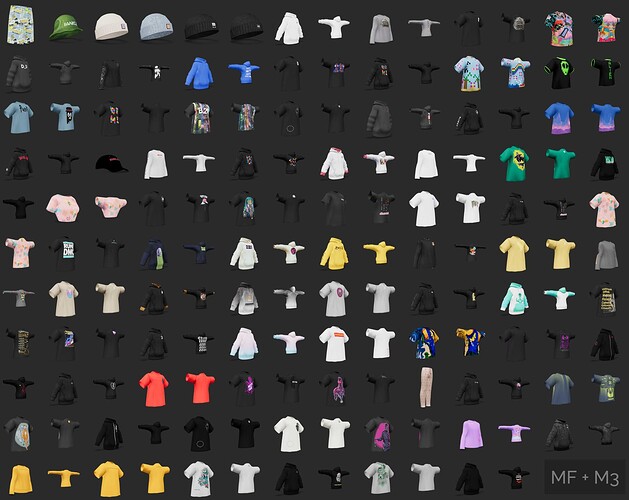Avatar Wearables Master thread
MetaFactory’s VR/Metaverse crew has been hard at work digitizing (almost) every physical piece of MetaFactory merch into interoperable avatar wearables. Owners will get access to all current and future file types for maximum metaverse interoperability.
The reason it’s taken awhile for the digital wearables to reach market is because of our desire to build with intention. Currently, the metaverse is a series of fragmented worlds, many of which are walled gardens solely focused on their own immediate platform mechanics / economics vs. a larger, interconnected experience.
Every virtual world desires to maintain control over its economic incentives pertaining to currencies, land, wearables and more. There is, however, a much greater opportunity in the positive sum alignment of these platforms and their networks, and we’re working hard to demonstrate these opportunities. See: The Virtual Silk Road
Instead of minting NFTs without considering challenges of interoperability and user experience, we took our time evaluating options and speaking with others in the space about how they intended to solve this problem. MetaFactory believes it found the right solution via a collaboration with Ceramic Network.
As mentioned previously, MetaFactory views wearables as an extension of one’s decentralized identity. They need to communicate and interface with one’s avatars, personal data, reputations, etc. Ceramic provides the data layer for Web3. It allows MetaFactory to link a single ‘master’ NFT and update the metadata (file types) in real time. In other words, MetaFactory can future proof its NFTs and provide support for increasing platforms and/or ones that don’t exist yet. The alternative would have been to mint a different NFT for each platform based on its particular technical standards, etc. which is counterintuitive to an open metaverse.
Compatibility
VRoid / VRM
A-pose
Mainly used for product displays and renders
T-pose
Used when adding wearable to custom avatars
Cryptovoxels
Combination of automatic and manual methods to voxelize wearables for Cryptovoxels and later on Sandbox compatibility.
